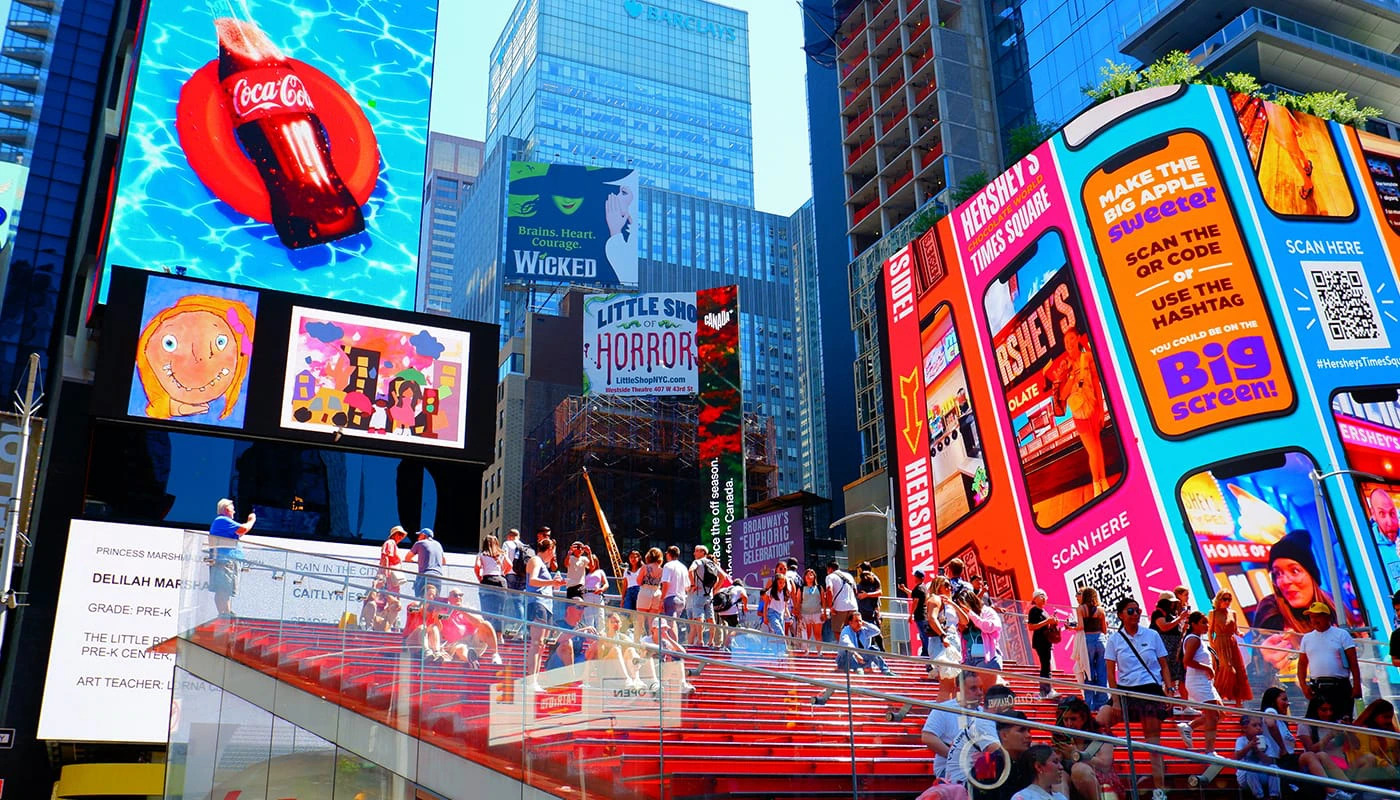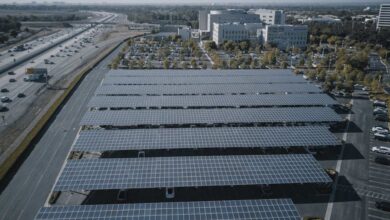
Digital billboards have quickly become a fixture of modern advertising in urban landscapes worldwide, becoming an integral component of modern advertising campaigns. If you are thinking about investing in one yourself, chances are good you have questions like, “how much is a billboard in Times Square?” Understanding their associated costs is vital if any advertiser wishes to stand out in such high-traffic ad spaces as the big cities like Times Square offer limited ad spaces. In this article, we delve deeper into factors that influence digital billboard costs to maximize results while remaining within budgetary constraints.
1. Location Costs
One of the primary elements impacting digital billboard costs is location costs. Highly visible spots, like Times Square, command a premium due to their visibility and vast amounts of foot traffic they attract; advertising here gives unparalleled exposure as your message will reach thousands daily – thus reflecting not just physical space cost but also its extensive audience engagement capabilities and brand exposure benefits.
Conversely, billboards situated in less central urban or suburban settings typically cost less. Although such locations might not attract as much foot traffic and visibility as urban centers do, they still may prove effective depending on your target audience and can offer valuable advertising opportunities at more cost-effective locations. For businesses focusing on niche markets locally or regionally, these billboards could prove especially cost-effective advertising solutions.
When selecting a location for your digital billboard, carefully consider both its costs and potential returns in terms of exposure. While an expensive spot might provide greater exposure, you must assess if that fits with your campaign goals before committing.
2. Campaign Duration
Your choice of how long and for how long to run a digital billboard ad can have an enormous influence on its cost. Renting it for just a short duration, such as several weeks, might be ideal when advertising limited-time offers or seasonal campaigns requiring shorter rental duration. However, short-term rentals tend to be more costly per day compared to longer rentals as frequent adjustments or updates might need to take place more frequently and add to overall expenditure.
Longer advertising contracts typically provide greater value. By agreeing to rent for longer, you often benefit from lower daily rental fees and greater brand stability; your ad remains in one location for an extended period helping build brand recognition and consistency while longer contracts allow more predictable budget planning for more strategic decision-making.
3. Production Costs
Producing compelling digital billboard advertisements involves more than renting space; quality visuals, engaging animations, and dynamic video content all add production costs. Professional design services will help make sure that your ad stands out and attracts viewer’s interest.
Budgeting for advanced display technologies such as high-resolution LED screens and interactive features is crucial to ensure that your ad content will both be effective and visually engaging.
4. Dynamic Vs Static Content
Digital billboards provide digital billboard advertisers with dynamic content updates in real-time, which enables you to tailor messages according to current events, weather conditions, or time of day – making ads more relevant for viewers while keeping costs under control due to the technology required and additional flexibility provided. However, dynamic content tends to cost more due to technology requirements as well as the flexibility offered.
Static content that remains constant from campaign to campaign tends to be less costly; although static ads don’t offer as much interaction, well-designed and strategically placed static ads may still prove effective in reaching potential consumers. When creating an ad campaign plan, consider whether dynamic content benefits warrant its additional costs.
5. Additional Expenses
In addition to rental and production expenses, multiple additional expenses can affect your budget. Installation fees, maintenance expenses, and ongoing management costs of managing a billboard ad can quickly add up; also make sure you include data analytics services that track its performance to get insight into viewer engagement and the effectiveness of its billboard ads.
By understanding these additional expenses, you can better control your budget and avoid unexpected costs. Effective budget management enables you to allocate resources efficiently and achieve optimal results from digital billboard campaigns.
Conclusion
Navigating the costs associated with digital billboards requires an in-depth knowledge of various factors, from location and duration to production costs and additional expenses, etc. By considering each element separately you can better manage your advertising budget and make decisions aligning with campaign goals. Effective ad campaign planning ensures maximum return and brand recognition from your digital billboard investment.







